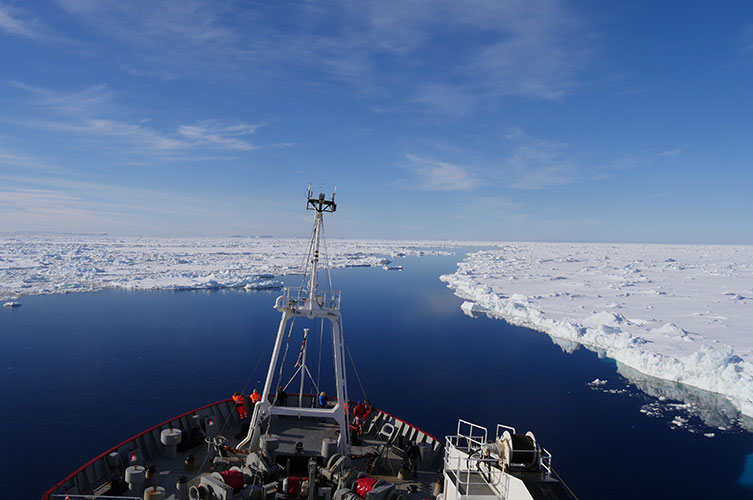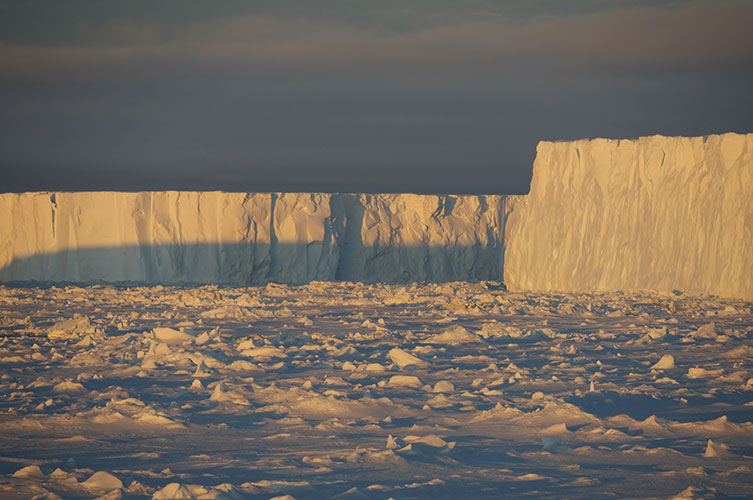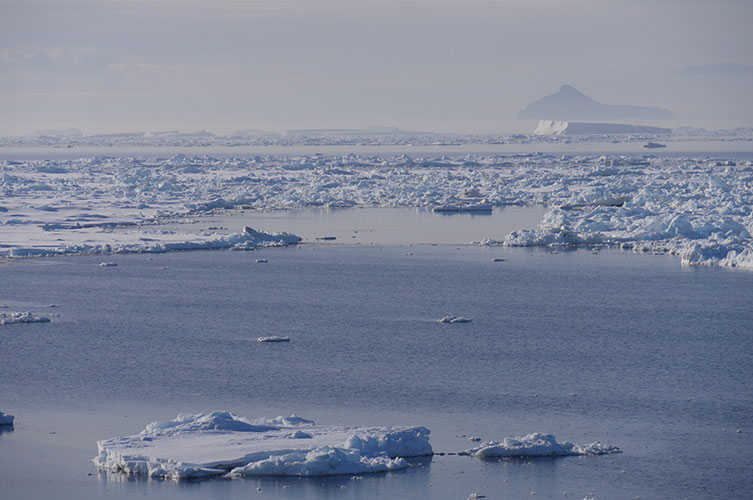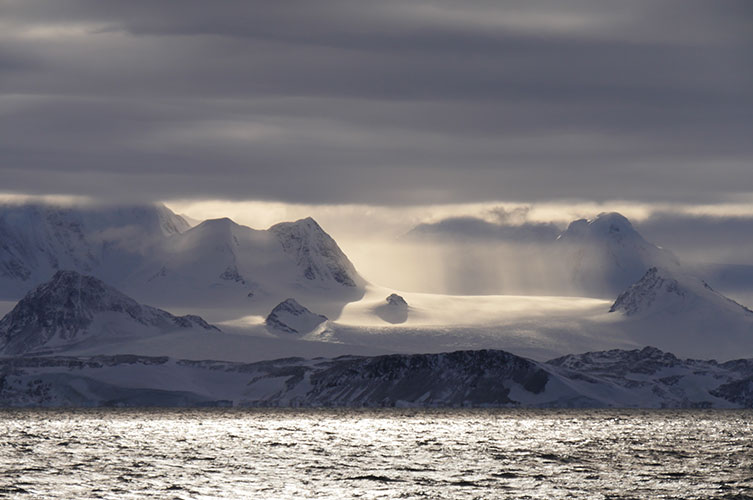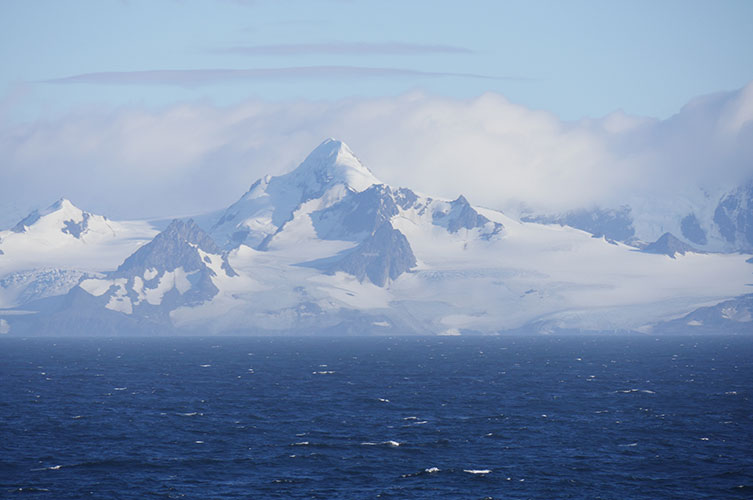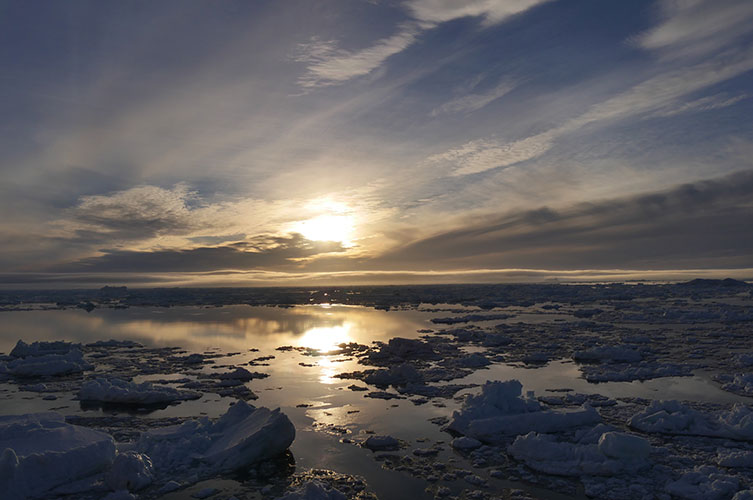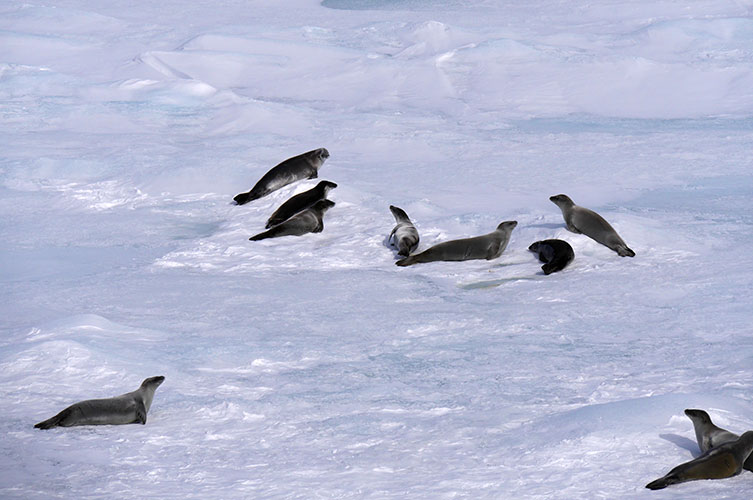Create a list of articles to read later. You will be able to access your list from any article in Discover.
You don't have any saved articles.

Step aboard the James Clark Ross research ship with Dr Adrian Glover.
Experience a 360° view of the sights as the vessel ploughs through Antarctic sea ice and hear about the challenges the team faced as they set out to study marine life previously hidden beneath an Antarctic ice shelf.
For the full interactive 360° viewing experience, view the video via YouTube.
Antarctica is a frozen, inhospitable land of pristine beauty. It is dominated by the formation of ice sheets on land, ice shelves that stretch out over the Antarctic Ocean and sea ice.
Almost nothing is known about the animals living on the seafloor around Antarctica, as they’re usually very inaccessible, living in areas covered by sea ice or thick ice shelves.
In July 2017, part of the Larsen C ice shelf collapsed. An enormous iceberg the size of Luxembourg broke off. This presented scientists with a unique opportunity to study an ecosystem that had been hidden for 120,000 years below the ice.

Dr Adrian Glover on the RRS James Clark Ross, surrounded by sea ice and a distant iceberg
Adrian, a deep-sea biologist at the Museum, was among an international team who travelled in late February 2018 on a British Antarctic Survey trip to carry out an urgent survey mission to observe how marine life in the area is responding to the dramatic environmental change.
But it turned out to be a trip fraught with challenges, as Adrian explains in the video above.
To get to their destination the team had to traverse the notoriously difficult Weddel Sea.
Adrian elaborates, 'The Weddel Sea is infamous because of its extremely cold temperatures and because the sea ice is particularly thick. And that's exactly what we found going south on the British Antarctic Survey ship.'

A view of the pack ice from the RRS James Clark Ross
Thick sea ice made progress very slow. Although the ship's captain valiantly steered the ship and the crew did all they could, with more than 400 kilometres left to go the ship had moved only eight kilometres in 24 hours. The difficult decision was made to abort the mission.
'We pushed for a week through the pack ice,' says Adrian. 'Eventually we couldn't go any further.'
The Weddell Sea pack ice at night – our beautiful enemy. #LarsenCBenthos pic.twitter.com/kVO9X1TAoS
— Thomas Dahlgren (@mucofloris) February 27, 2018
Being in such an environment really brings home the adventures and struggles of the early Antarctic explorers, says Adrian:
'We struggled just like Shackleton did back in 1915 as he tried to sail the Weddell Sea on his way to attempt the first land crossing of the Antarctic continent. Shackleton's ship, Endurance, suffered far worse, however - becoming stuck in the ice and eventually being crushed and sinking.'
'If it was easy, everybody would be doing it'. New post on https://t.co/FgvgX9kahD #LarsenCBenthos @BAS_News @NHM_London #NHMDeepSea pic.twitter.com/himSq7ndA8
— Adrian Glover (@adrg1) March 3, 2018
Luckily Adrian and the team had a plan B: to travel to another little-explored area between James Ross Island and the Antarctic Peninsula - a place called the Prince Gustav Channel - where another ice shelf collapsed in 1995. It broke up at the same time as the Larsen A ice shelf.
The team were able to carry out the first comprehensive assessment of the marine biodiversity of the Prince Gustav Channel. They sampled the wildlife at depths down to 1,500 metres.
Now back in their labs, the researchers are looking at DNA to examine whether the deep-sea creatures they found in the channel are unique to the area, having evolved there over a long time in isolated pockets of ocean, or whether they are related to creatures found elsewhere.
They will compare the genetic diversity of the animals from the Prince Gustav Channel with that of marine life living elsewhere around Antarctica and beyond.
'This could give us a big scientific prize - an answer as to whether biodiversity can tell us whether ice shelves have come and gone over the years, and in what timeframe,' says Adrian.
See the first creatures sampled from Prince Gustav Channel aboard the JCR including a starfish, sea spider, brittlestar, soft corals and sea cucumbers https://t.co/UogoQ01691 @susie_hailey @mucofloris @adrg1 @dr_will_reid @melkmack #LarsenCBenthos #PolarShip pic.twitter.com/AzxSlcAiNv
— Antarctic Survey (@BAS_News) March 2, 2018
The team will compare specimens and DNA data collected from other wildlife surveys, including a massive Antarctic survey by Adrian and colleagues in the Scotia Sea and Amundsen Sea off West Antarctica.
In the remote Amundsen Sea, more than half of the species recovered from the seafloor were new to science. Adrian suspects that many of the deep sea creatures observed on the latest trip will also be new species, although a lot of rigorous checking will follow to be sure.
Adrian's particular area of expertise is a group of worms called polychaetes, also known as bristle worms. They are one of the planet's most common marine organisms - often accounting for more than 50% of the animals living in the mud on the seafloor.
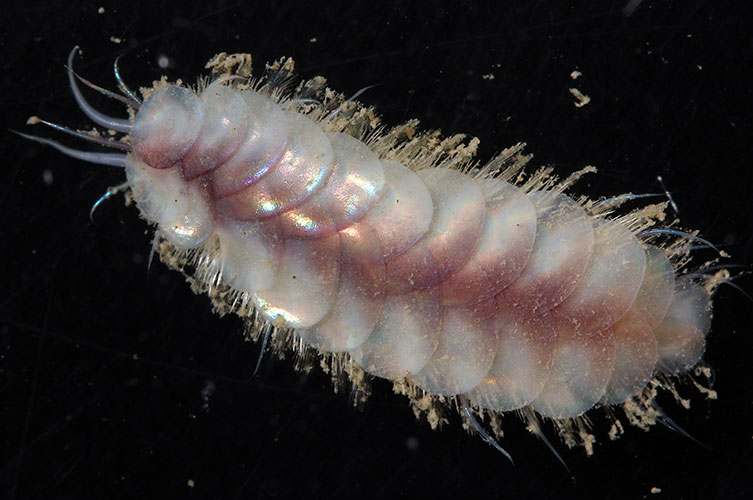
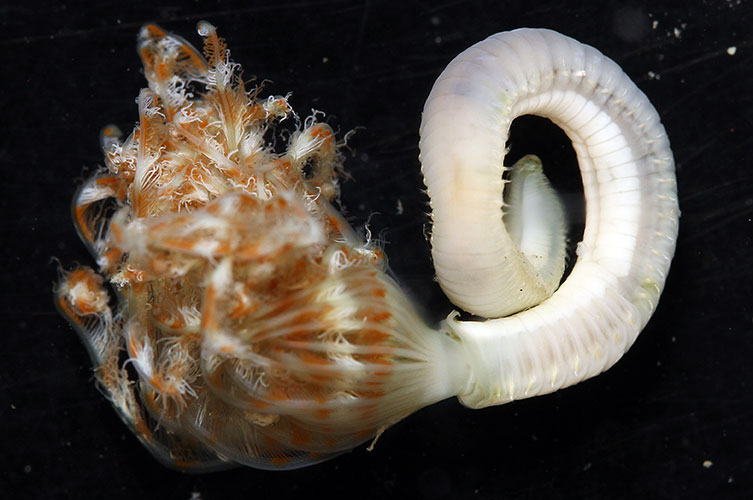
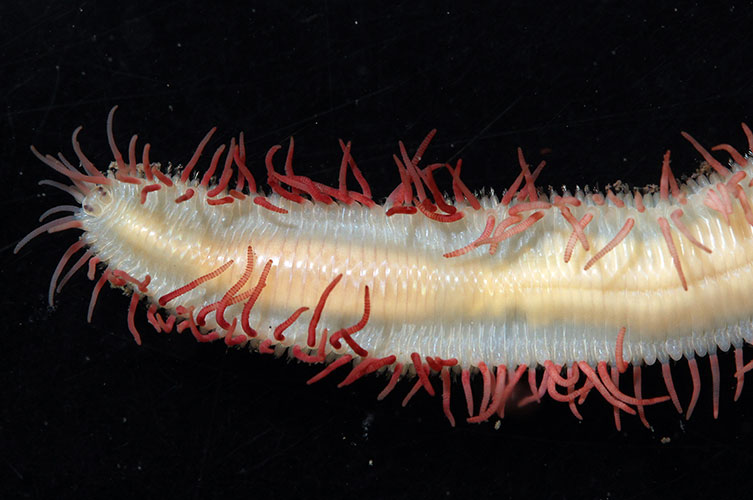
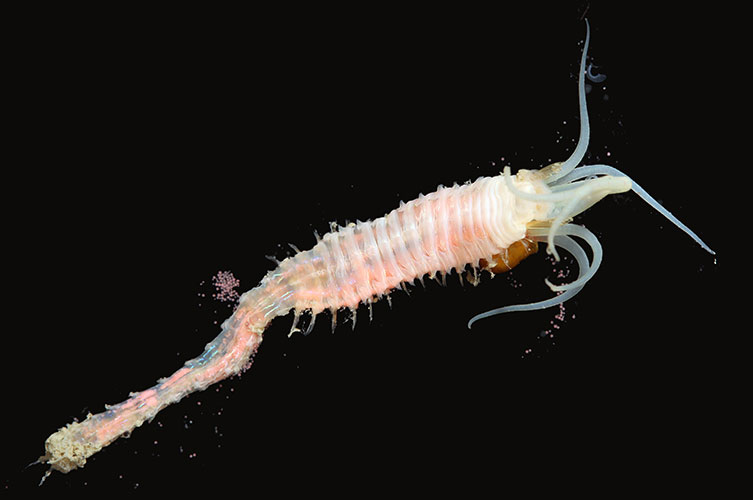
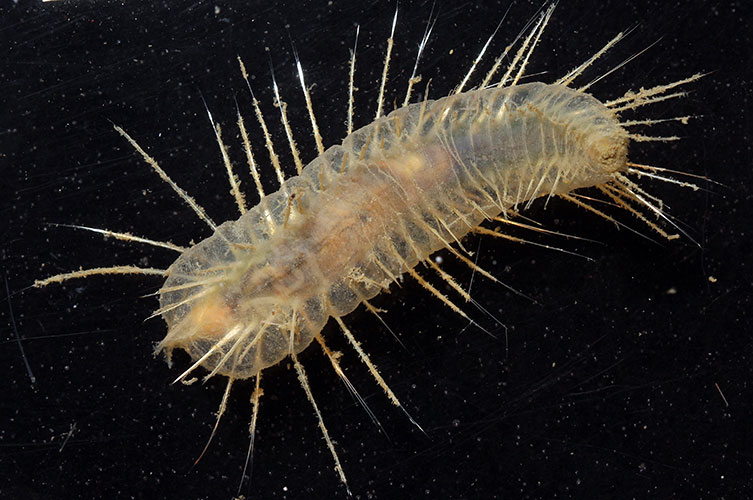
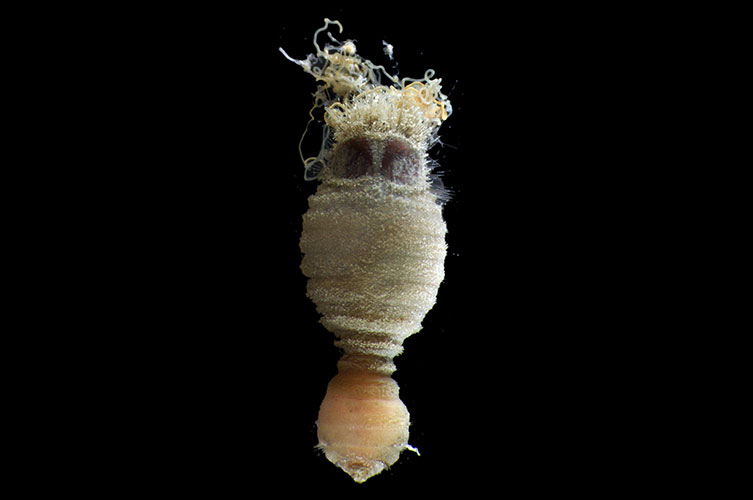
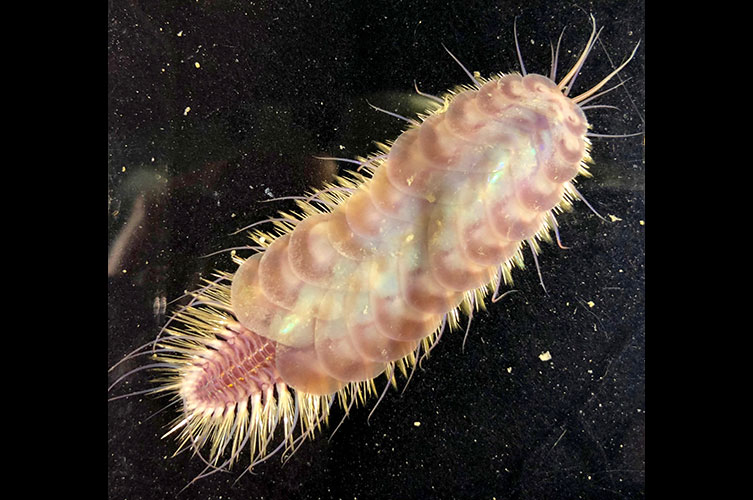
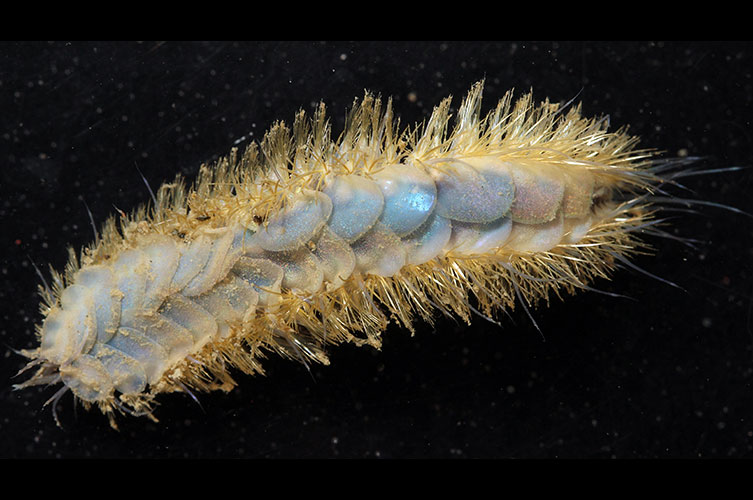
According to Adrian and his colleague Dr Thomas Dahlgren of the University of Gothenburg, a quick assessment of the Prince Gustav Channel samples has already revealed 107 different species of polychaete.
As well as the marine life observed as part of surveys, Adrian has also been able to enjoy some more relaxed wildlife spotting during his Antarctic research cruises.
Here are some of the animals he was fortunate enough to see:
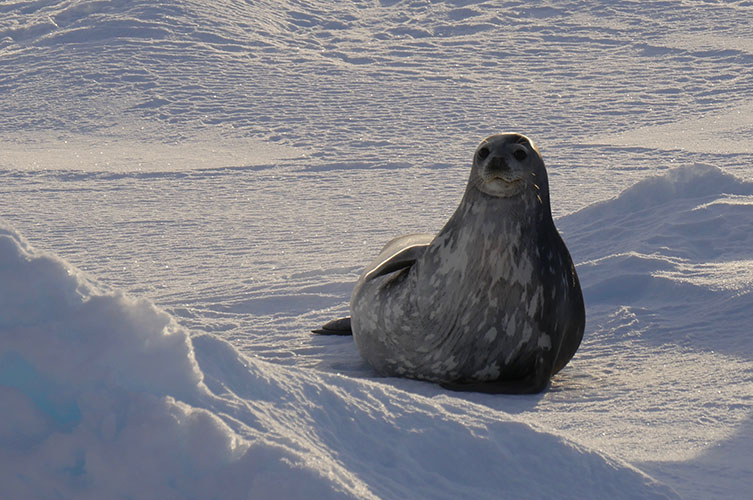
Weddell seal
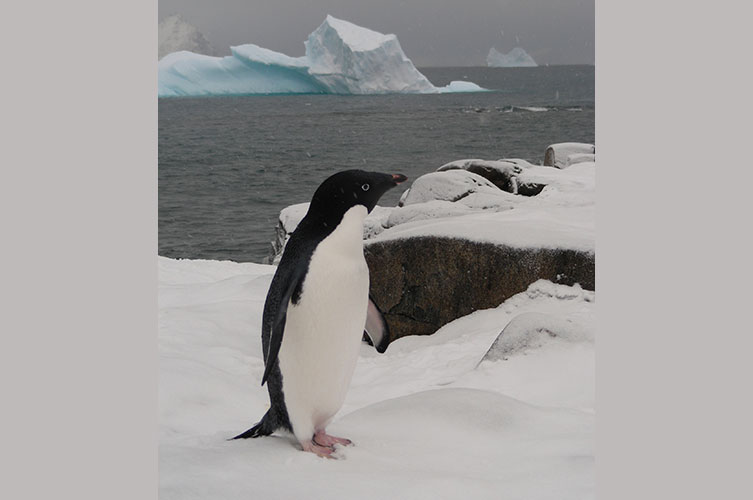
Adélie penguin
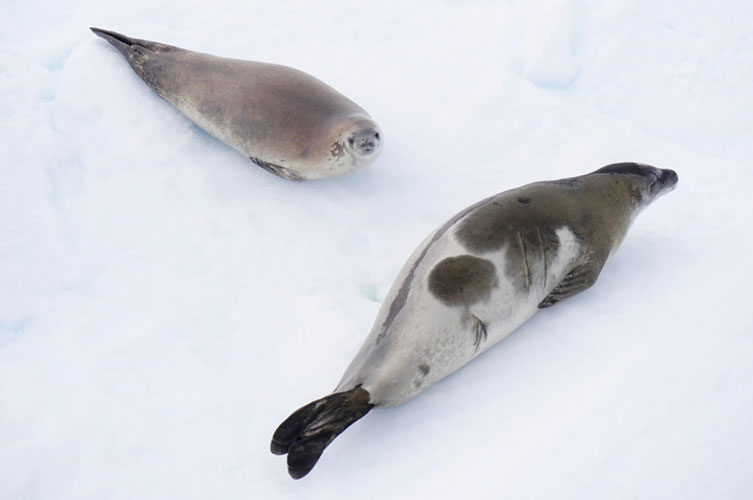
Crabeater seal
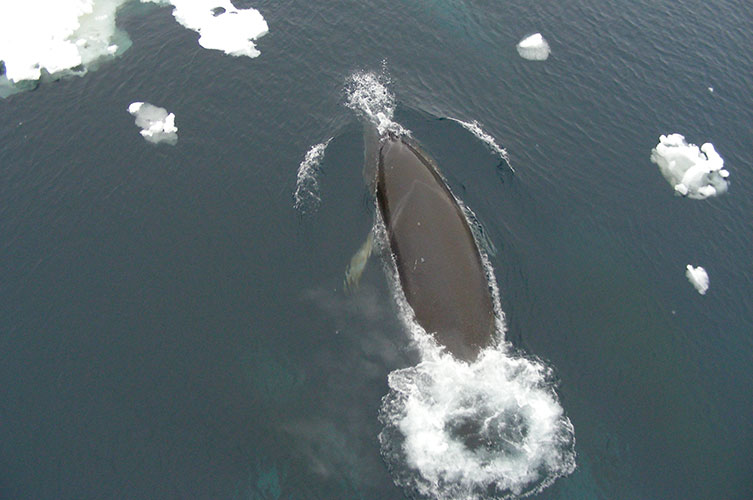
Whale. Adrian has observed sei, fin and minke whales on expeditions in the Antarctic.
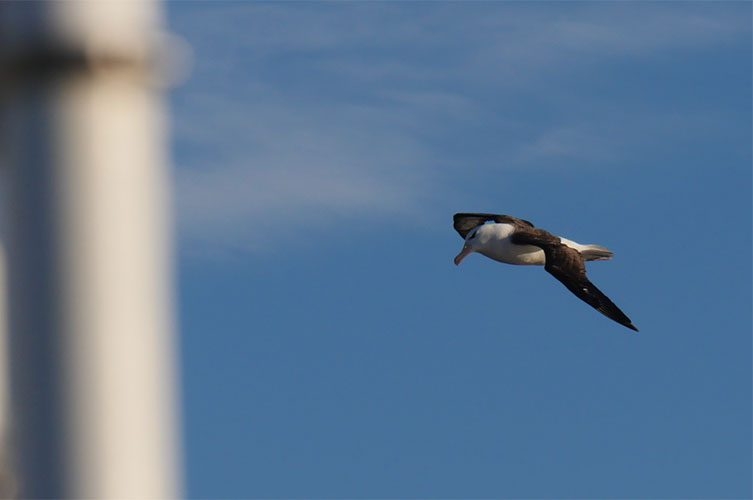
Black-browed albatross - 'The basic idea for photographing wheeling albatrosses is you go up to the top deck and spin around like a mad person snapping wildly with your camera,' says Adrian.
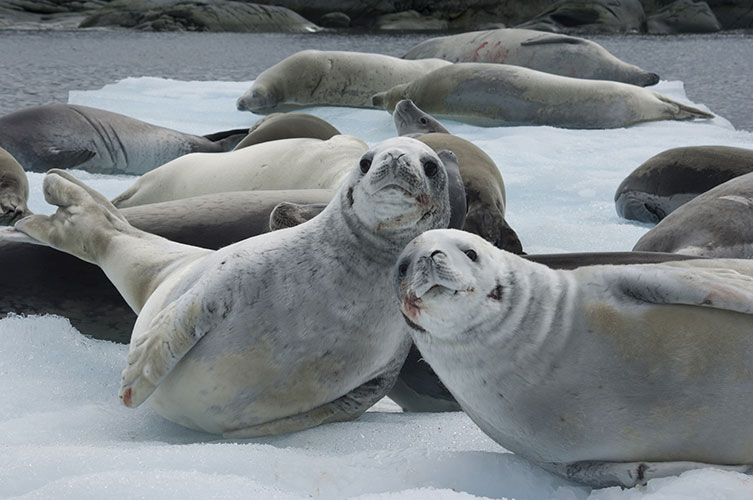
Group of crabeater seals © Dmytro Pylypenko/Shutterstock.com

Snow petrel © Dmytro Pylypenko/Shutterstock.com
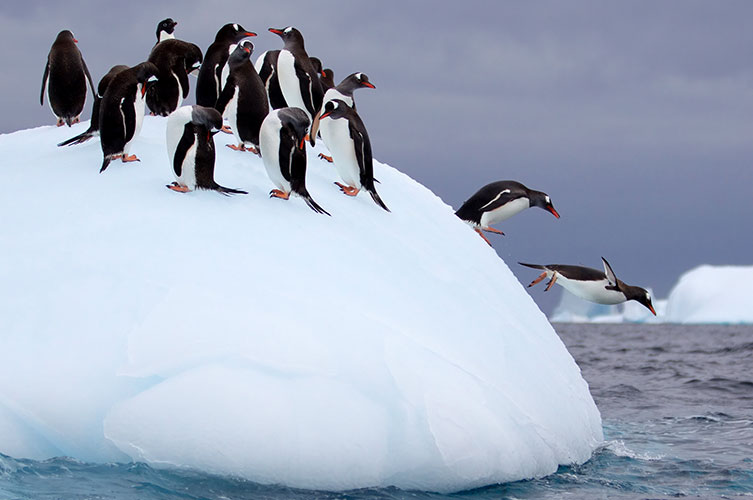
Gentoo penguins © Stephen Lew/Shutterstock.com
'You wouldn't get to see large animals like this on a Pacific expedition,' says Adrian.
'It just goes to show that, although Antarctica is a harsh and seemingly forbidding environment, it's actually one that's quite conducive to life.'
Ice shelves are slabs of ice that extend over the ocean and can be several hundred metres thick. They are made of ice that accumulated on land, flowed towards the coast as glaciers and then spread out onto the sea.
The ice berg that broke away from the Larsen C ice shelf in 2017 was around 190 metres thick, with about 30 metres exposed above the surface.
In contrast, sea ice is formed of frozen sea water. It is rarely more than a few metres thick. Although as Adrian's experience shows, it can still be a major obstacle.
The Larsen ice shelf stretches along the east coast of the Antarctic Peninsula in northwest Antarctica, on the Weddell Sea. Geographically distinct sections occupy bays along the coastline and are named A to G.
Parts of the Larsen ice shelf have been disintegrating since the mid-1990s. First Larsen A (and the nearby Prince Gustav ice shelf) collapsed, followed by Larsen B in 2002. The events of July 2017 reduced the size of Larsen C by 12%. If similar events continue, then the Larsen C shelf may also become unstable and collapse entirely.
Melting ice shelves don't affect sea levels much because they are already floating. So why worry?
When ice shelves collapse, it can destabilise the area and allow inland glaciers to move more quickly as there is less resistance holding them back. As this land ice melts or becomes part of an ice shelf it causes sea levels to rise.
